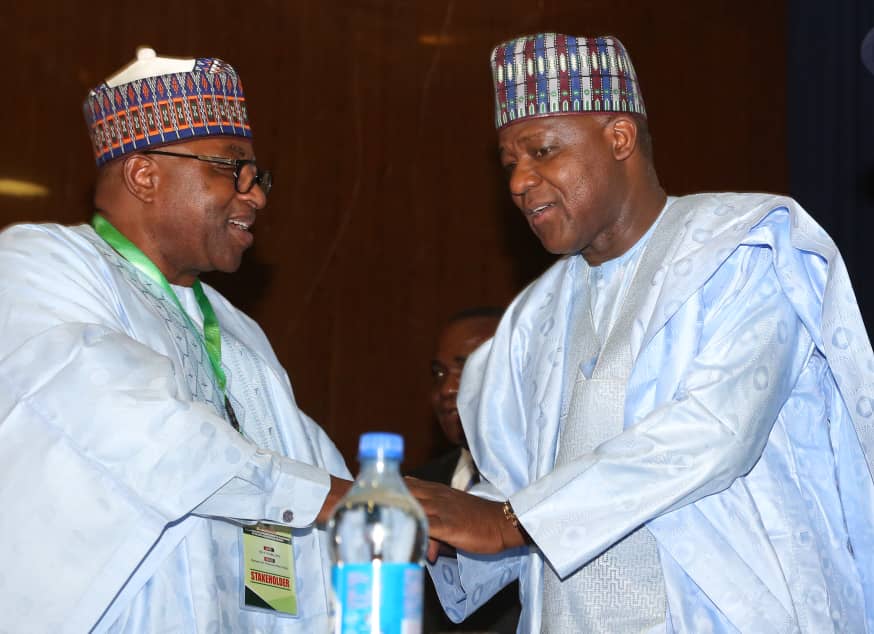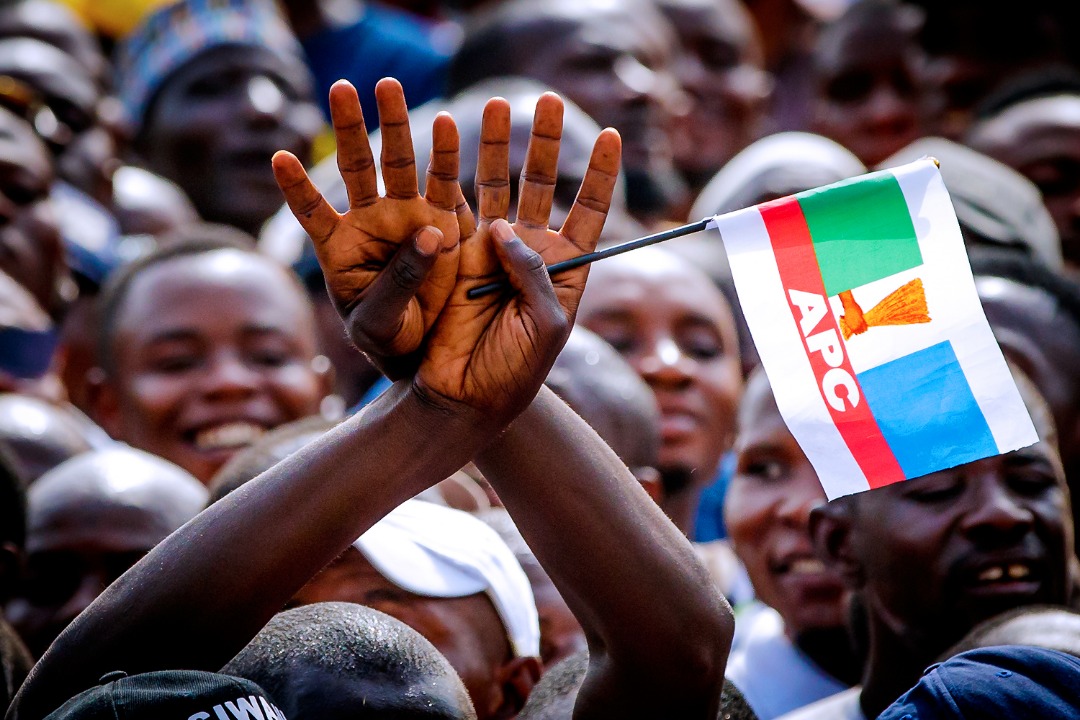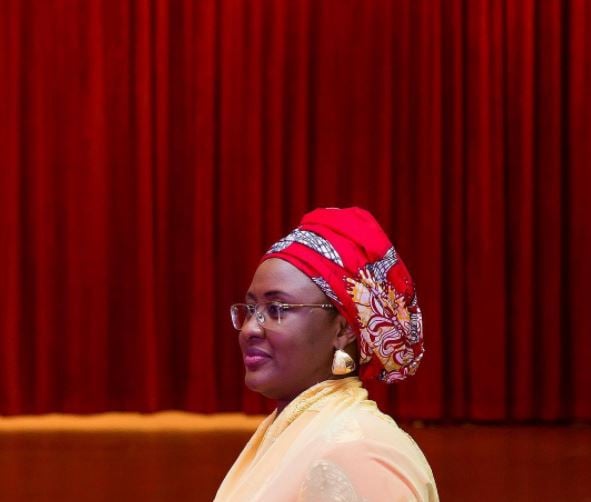Almajiri children on streets of Kano
BY TOPE AKINYODE
“If we are to teach real peace in this world, and if we are to carry on a real war against war, we shall have to begin with the children.” — Mahatma Ghandi.
Because human rights belong to each person, one may hastily pontificate that child rights are subsumed in human rights. Although children are human beings, human rights are insufficient protection for the array of child-specific vulnerabilities. Until a person is able to fully vend for himself, he may be marginalized by society.
Children abound ever so more, without adequate protective laws in Nigeria. By twin universal metrics – The Convention on the Rights of the Child (CRC) and The African Union Charter on the Rights and Welfare of the Child (CRCW), Nigeria lags behind in passable protection laws for children.
Advertisement
Across northern Nigeria, various children are termed Almajiris. Almajiri was a name for young Islamic scholars but the name now substitutes for beggars, urchins, who restlessly loiter by roadsides. Many northern states are yet to domesticate the Child Rights Act.
Two kinds of disasters: natural or man-made may bedevil a nation. However, all over the world, there is an agreeable consensus over the ability of laws to maintain social equilibrium and curb fiery crimes which may arise from a failed man-made system or human intent such as Boko Haram, herdsmen crises, armed banditry and similar other menaces as currently rampages Nigeria.
Yet, only a few believe in proactive laws that can shape decency in and pivot children to fulfill potentials. It is in this category of “few” that Nigeria finds itself.
Overview of Child Rights Law in Nigeria. The provisions of Chapter IV (Sections 33 – 46) of the 1999 Constitution pertain to fundamental human rights and are available for the Nigerian child. However, there are no specific child rights provisions in the constitution. In fact, all through the Constitution a “child” is not defined.
Advertisement
In 1943, the British Government promulgated the Children and Young Person’s Act (CYPA). The CYPA was later enacted into Nigeria’s federal laws in 1958 (formerly Chapter 32 of the Laws of the Federation of Nigeria and Lagos).
The CPYA provided for the creation of juvenile courts; see Section 6 of the CYPA. It also creates punitive measures for juvenile offences. The mainstay of the CYPA was not child welfare but the administration of justice for young offenders. Therefore, a legal instrument which would bring about better protect the child was much desired.
On 20th November 1989, the General Assembly of the United Nations adopted the Convention on the Rights of the Child (CRC), also in July, 1990, the OAU Assembly of Heads of States and Governments adopted the African Union Charter on the Rights and Welfare of the Child (CRCW).
Both the CRC and the CRCW set out standard universal principles for the survival, protection, participation and development of a child. They emphasis the distinct rights that accords to children by virtue of their vulnerabilities. Nigeria signed and ratified both instruments in 1991 and 2000 respectively.
Advertisement
Importantly, according to Section 12(1) of the Constitution, no international treaty can take on legal validity in Nigeria until it is first enacted into law by the National Assembly. So, even though the CRC and the CRCW were long adopted and ratified, they could not be enforced in Nigeria until 2003 when the National Assembly domesticated the CRC and CRCW by enacting the Child Rights Act (CRA).
The CRA settled the issue of age description for the child. See Section 277 of the CRA. Also, the Act provides for the care and protection of children and even enables children with disabilities to enjoy their full rights by providing special measures of care and protection for them.
Given that the CRA is an encompassing commendable legal instrument, one would have expected that it would repeal every other child right law and would have been in full force in all the states in Nigeria by now. However, the reverse is the case.
Challenges facing child rights law and the way forward
This is the major problem with the CRA: Child rights protection fall under residual list and is within the purview of states government to legislate upon. In order for the CRA to have effect at state levels, state governments are expected to internalize the provisions of the CRA into their local laws.
Advertisement
Many Northern states like Bauchi, Yobe, Kano, Sokoto, Adamawa, Borno, Zamfara, Gombe, Katsina, Kebbi, and Jigawa are yet to enact the Child Rights Law largely due to political, religious and cultural reasons.
The Child Rights Law is not only in the best interest of the Nigerian child but also all Nigerians. In Kano, one of the states which are yet to enact the Child Rights Law, within 72 hours, the government altered an 800 year old history and abolished its Emir system. The same energy could be directed to implement the Child Rights Law. Human Rights Commission, the Federal Government and all stakeholders should come together and work out strategy for the implementation of Childs Right Act at state levels.
Advertisement
If “children are the future”, more efforts are needed to ensure the survival, growth and development of the child in order to protect our future.
Akinyode, a Lagos-based legal practitioner, can be reached via [email protected]
Advertisement
Views expressed by contributors are strictly personal and not of TheCable.
Add a comment






